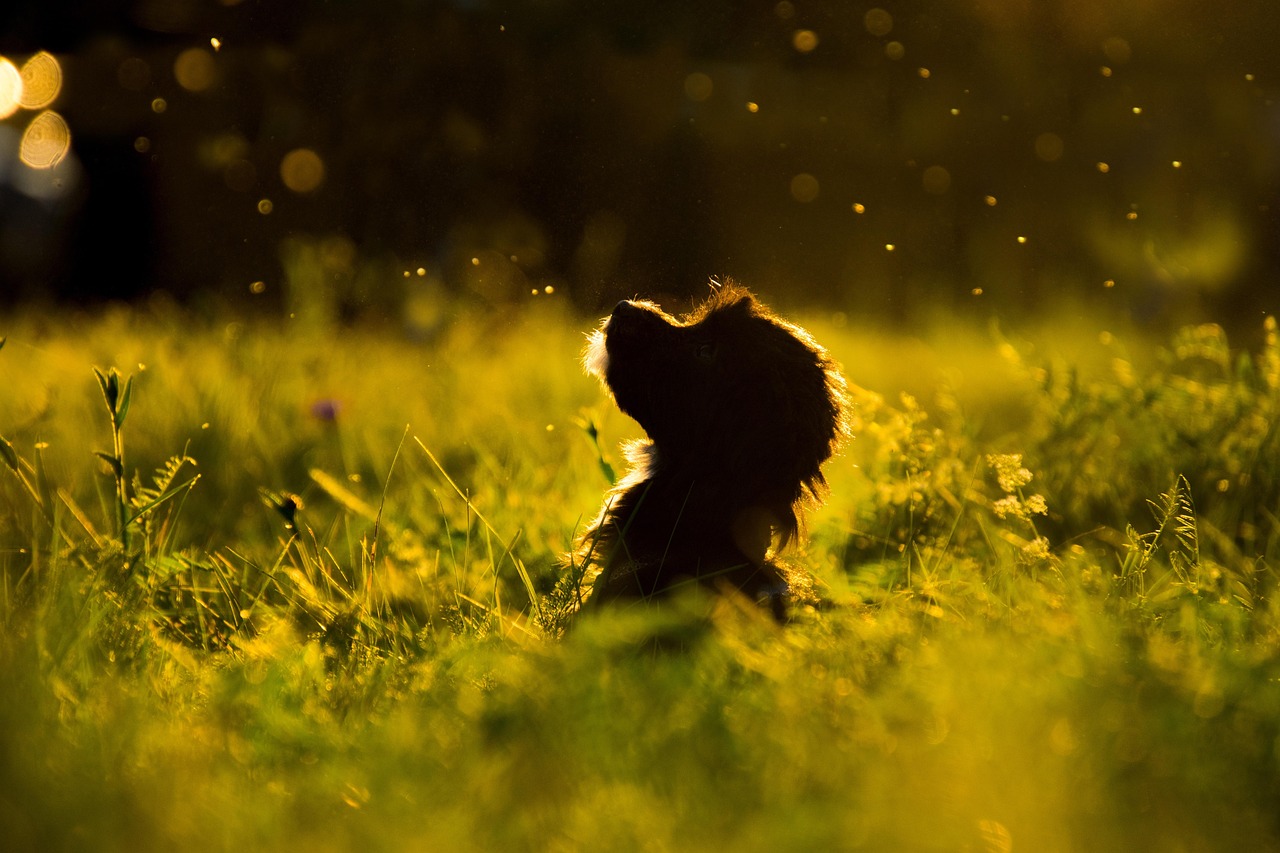From the soaring eagles gracing mountain peaks to the tiny hummingbirds flitting among garden flowers, the world of bird species offers an incredible array of diversity, beauty, and ecological importance. Understanding the different types of birds, their unique adaptations, and their roles in our ecosystems can deepen our appreciation for these feathered creatures and inspire us to protect their habitats. This comprehensive guide explores the fascinating world of bird species, providing insights into their classification, behaviors, and conservation.
Understanding Bird Classification
Taxonomic Hierarchy
Bird species are classified using a hierarchical system similar to that used for all living organisms. This system organizes them into progressively more specific groups:
- Kingdom: Animalia (All animals)
- Phylum: Chordata (Animals with a spinal cord)
- Class: Aves (Birds)
- Order: A grouping of birds with shared characteristics (e.g., Passeriformes – perching birds)
- Family: A more specific grouping within an order (e.g., Fringillidae – finches)
- Genus: A group of closely related species (e.g., Passer)
- Species: The most specific classification, identifying a unique group of birds that can interbreed (e.g., Passer domesticus – House Sparrow)
Understanding this hierarchy helps to see the evolutionary relationships between different bird species.
Major Bird Orders
Several orders represent the vast majority of bird species. Some of the most prominent include:
- Passeriformes (Perching Birds): This is the largest order, containing over half of all bird species. They are characterized by their foot structure, which allows them to grip branches easily. Examples include sparrows, finches, warblers, and crows.
- Accipitriformes (Hawks, Eagles, and Vultures): Birds of prey known for their sharp talons and powerful beaks. They play a vital role in controlling prey populations.
- Strigiformes (Owls): Nocturnal birds of prey with exceptional hearing and vision, specialized for hunting in the dark.
- Anseriformes (Ducks, Geese, and Swans): Waterfowl adapted for swimming and feeding in aquatic environments.
- Galliformes (Chickens, Turkeys, and Quail): Ground-dwelling birds often characterized by their stout bodies and strong legs, used for scratching and foraging.
- Columbiformes (Pigeons and Doves): Birds with plump bodies and the ability to produce “crop milk” to feed their young.
Identifying Bird Species
Visual Characteristics
Identifying bird species relies heavily on visual cues:
- Plumage: The color patterns and markings of a bird’s feathers are crucial for identification. Note the overall color, specific markings on the head, wings, and tail, and any distinctive patterns. For example, the bright red breast of a male American Robin is a key identifying feature.
- Size and Shape: Consider the bird’s overall size compared to familiar birds (e.g., “sparrow-sized,” “robin-sized,” “crow-sized”). Also, observe its body shape, bill shape, leg length, and tail length. A long-legged shorebird will look vastly different from a compact finch.
- Behavior: How the bird moves, feeds, and interacts with its environment can provide valuable clues. Does it hop or walk? Does it forage on the ground or in trees? Does it fly in a straight line or with erratic movements?
- Habitat: Where you see the bird is also important. Some species are highly specialized to specific habitats. For instance, you are unlikely to find a penguin in a desert!
Auditory Clues: Bird Songs and Calls
Many bird species are more easily identified by their songs and calls than by their appearance.
- Songs: Typically complex and melodic vocalizations used to attract mates and defend territories. Learning to recognize common bird songs can significantly improve your identification skills.
- Calls: Shorter, simpler vocalizations used for communication, alarm, or other specific purposes. Different calls can indicate different situations.
- Resources: Numerous online resources and apps provide recordings of bird songs and calls, aiding in identification. The Cornell Lab of Ornithology’s All About Birds website is an excellent resource.
Bird Habitats and Adaptations
Diverse Habitats
Bird species occupy a wide range of habitats, from tropical rainforests to arctic tundras, and they exhibit remarkable adaptations to thrive in these environments.
- Forests: Offer abundant food sources and nesting sites for various birds, including woodpeckers, warblers, and owls.
- Grasslands: Support ground-nesting birds like meadowlarks and grassland sparrows, as well as raptors that hunt in open areas.
- Wetlands: Provide crucial habitat for waterfowl, shorebirds, and wading birds, offering feeding and breeding grounds.
- Deserts: Host specialized species like roadrunners and cactus wrens that have adapted to survive in arid conditions.
Unique Adaptations
Bird species have evolved a myriad of adaptations to survive and thrive:
- Beak Morphology: Beak shape and size are highly specialized for different feeding strategies. For example, hummingbirds have long, slender beaks for sipping nectar, while hawks have sharp, hooked beaks for tearing flesh.
- Foot Structure: Foot adaptations vary depending on the bird’s lifestyle. Perching birds have feet designed for gripping branches, wading birds have long legs for navigating shallow water, and raptors have strong talons for catching prey.
- Flight Adaptations: Lightweight bones, powerful flight muscles, and specialized feathers enable birds to fly efficiently. Different wing shapes and sizes are adapted for different flight styles.
- Migration: Some birds have evolved the ability to migrate long distances to access better breeding grounds or food sources. This complex behavior involves navigation skills and physiological adaptations for endurance.
Conservation Concerns and Efforts
Threats to Bird Populations
Many bird species are facing serious threats due to habitat loss, climate change, pollution, and other human activities.
- Habitat Loss: Deforestation, urbanization, and agricultural expansion are destroying vital bird habitats, leading to population declines.
- Climate Change: Changing weather patterns, rising sea levels, and altered ecosystems are impacting bird migration, breeding success, and food availability.
- Pollution: Pesticides, heavy metals, and plastic pollution can poison birds directly or contaminate their food sources.
- Invasive Species: Introduced species can outcompete native birds for resources or prey on them directly.
Conservation Strategies
Protecting bird species requires a multi-faceted approach:
- Habitat Preservation: Protecting and restoring bird habitats is crucial for their survival. This includes creating protected areas, managing forests sustainably, and promoting responsible land use.
- Reducing Pollution: Minimizing pollution from pesticides, plastics, and other sources can help protect bird populations.
- Combating Climate Change: Reducing greenhouse gas emissions and adapting to the impacts of climate change are essential for safeguarding bird species.
- Supporting Conservation Organizations: Many organizations are working to protect bird species through research, education, and advocacy. Supporting these organizations can make a significant difference.
- Citizen Science: Participating in citizen science projects, such as bird counts and monitoring programs, can provide valuable data for conservation efforts.
Birdwatching: A Rewarding Hobby
Getting Started
Birdwatching, also known as birding, is a popular and rewarding hobby that can be enjoyed by people of all ages and abilities.
- Essential Equipment: Binoculars are essential for observing birds in detail. A field guide can help you identify different species. A notebook and pen are useful for recording your observations.
- Finding Birding Spots: Local parks, nature reserves, and wildlife refuges are excellent places to start birdwatching.
- Learning Resources: Numerous books, websites, and apps provide information about bird identification, behavior, and habitats.
Tips for Successful Birdwatching
- Be Patient: Birdwatching requires patience and observation skills. Spend time quietly observing your surroundings.
- Focus on Details: Pay attention to the bird’s plumage, size, shape, behavior, and habitat.
- Use Your Ears: Listen for bird songs and calls, which can help you identify species that are difficult to see.
- Respect Wildlife: Avoid disturbing birds or their habitats. Keep a safe distance and do not approach nests or young birds.
Conclusion
The world of bird species is vast and endlessly fascinating. From understanding their classification and adaptations to appreciating their ecological roles and conservation challenges, there is always something new to learn. By embracing birdwatching as a hobby and supporting conservation efforts, we can all contribute to protecting these magnificent creatures for generations to come. Understanding and appreciating the diversity of bird species enhances our connection to the natural world and reminds us of the importance of preserving biodiversity.




